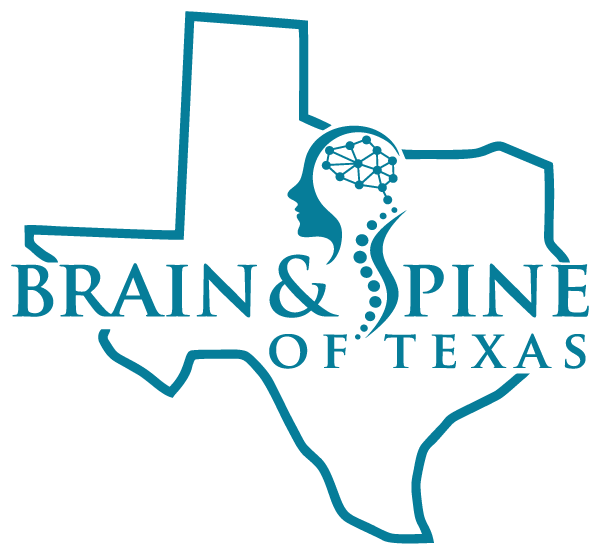Stereotactic Brain Biopsy
A Minimally Invasive Approach to Diagnosing Brain Lesions
A stereotactic brain biopsy is a minimally invasive neurosurgical procedure used to obtain a small tissue sample from an abnormal area in the brain. At the Brain and Spine Center of Texas, our expert neurosurgeons use advanced imaging technology to accurately target lesions, tumors, or other abnormalities for precise diagnosis and treatment planning.
What Is a Stereotactic Brain Biopsy?
When imaging tests such as an MRI or CT scan reveal an abnormality in the brain, a biopsy is often necessary to determine the cause. A stereotactic brain biopsy utilizes three-dimensional imaging guidance to precisely locate and remove a small sample of tissue, which is then analyzed by a pathologist. This procedure is commonly performed to diagnose:
- Brain tumors (benign or malignant).
- Infections of the brain (such as abscesses or inflammation).
- Demyelinating diseases (such as multiple sclerosis).
- Neurodegenerative conditions.
- Other unexplained brain lesions.
Because it is minimally invasive, a stereotactic brain biopsy is often preferred over open surgery when possible, allowing for a quicker recovery and reduced risks.
The Stereotactic Brain Biopsy Procedure: What to Expect
This procedure is performed under local or general anesthesia, depending on the patient’s condition. The key steps include:
- Pre-Surgical Imaging – A CT scan or MRI is used to create a precise 3D map of the brain.
- Head Stabilization – A stereotactic frame or frameless navigation system is used to keep the head steady for precise targeting.
- Small Incision & Burr Hole – A tiny incision is made in the scalp, and a small hole (burr hole) is drilled into the skull to access the brain.
- Needle Insertion & Tissue Extraction – A fine biopsy needle is guided through the burr hole to the targeted lesion, and a small tissue sample is collected.
- Closure & Recovery – The incision is closed, and patients are monitored for a few hours to ensure there are no complications.
The entire procedure is typically completed in one to two hours, with most patients able to return home the same day or within 24 hours.
Recovery & Post-Biopsy Care
After the biopsy, the tissue sample is sent to a laboratory for analysis. Results typically take a few days, at which point a treatment plan can be developed based on the findings. Recovery is generally quick, with mild headache or swelling at the incision site being the most common side effects. Patients are advised to:
- Avoid strenuous activities for a few days.
- Monitor for any signs of complications, such as severe headaches, nausea, or neurological changes.
- Follow up with their neurosurgeon for biopsy results and next steps.
Why Choose the Brain and Spine Center of Texas?
- Precision & Accuracy – State-of-the-art stereotactic technology for the most reliable diagnosis.
- Minimally Invasive Approach – Reduced recovery time and lower risks compared to open surgery.
- Expert Neurosurgical Team – Specialists in brain tumor and lesion diagnosis.
- Comprehensive Patient Care – Support from diagnosis through treatment planning.
Schedule a consultation
If you or a loved one has been advised to undergo a stereotactic brain biopsy, our team at the Brain and Spine Center of Texas is here to provide expert, compassionate care.

